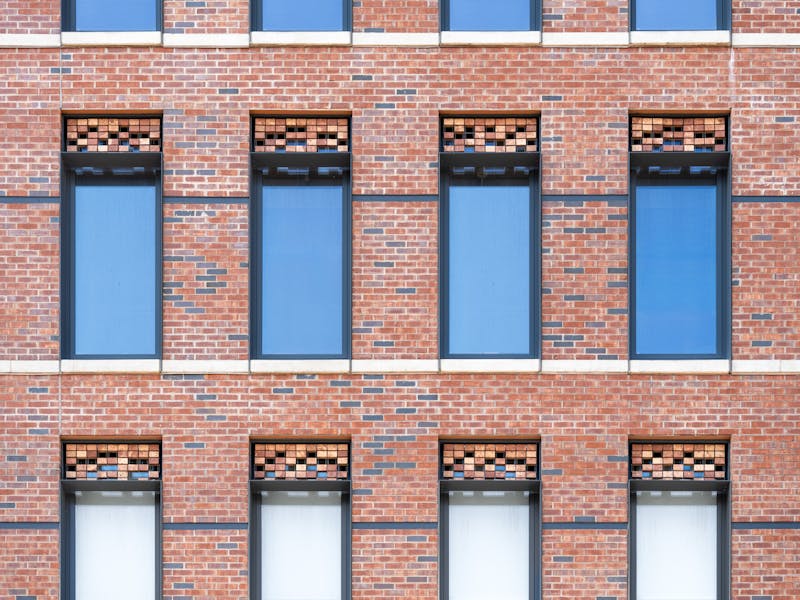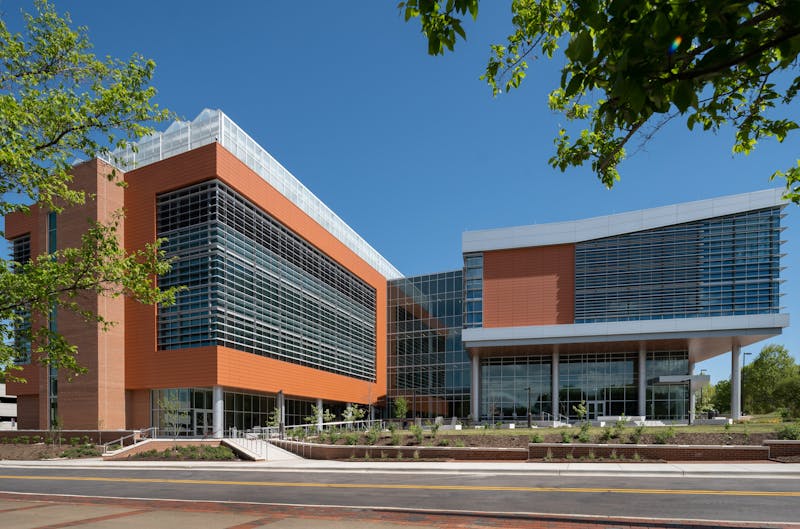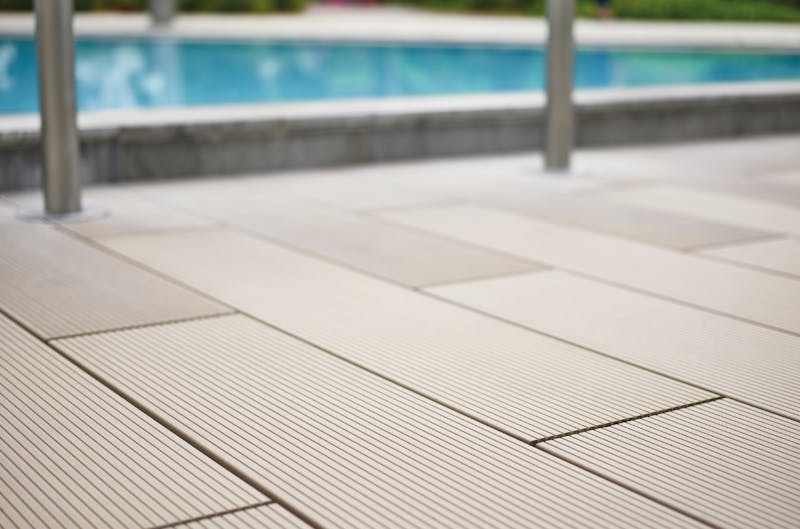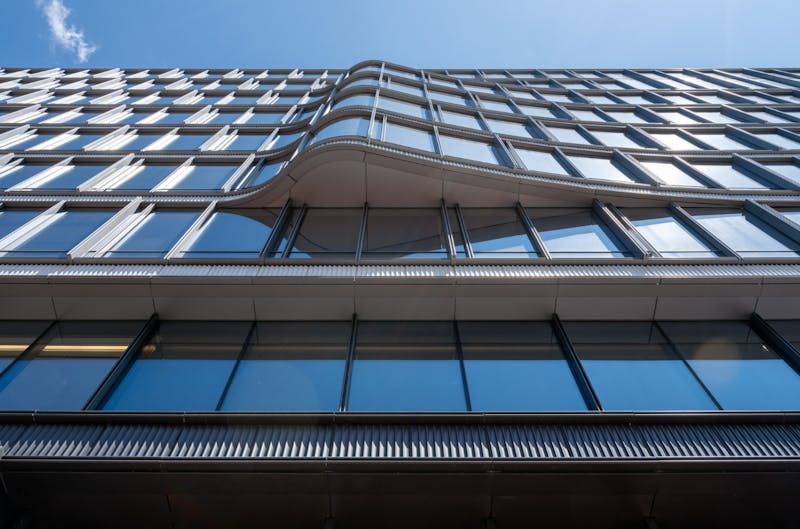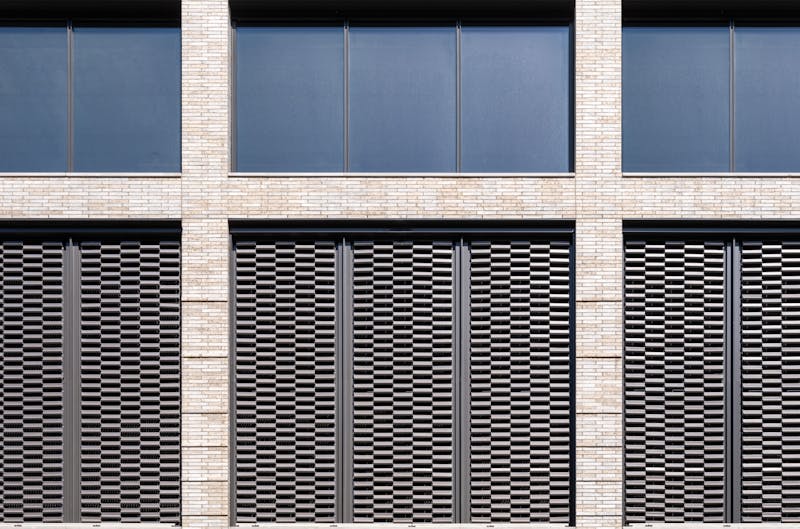The Durability And Longevity Of Terracotta Facade For Commercial Buildings
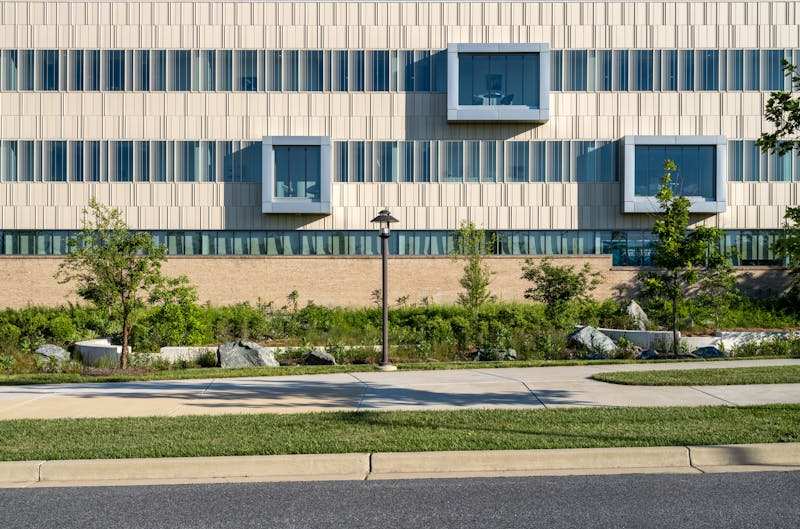
- Blog
- 01/20/2025
- Shildan Group
Blog post by Shildan Group
Introduction
Architecture and design are as much a matter of pragmatism as beauty. For commercial buildings, the facade is perhaps the first impression many get of the business, so it should be striking. As such, it's equally important that it stands robust and resilient through the years.
Anne Arundel Community College - Health Sciences Building, Arnold MD; Architect: Smithgroup DC | Photo: Sinziana Velicescu/Shildan Group
171 North 1st Street, New York; Architect: Fogarty Finger | Photo: Sinziana Velicescu/Shildan Group
Stockton University Academic Building, New Jersey; Architect: Sosh Architect | Photo: Sinziana Velicescu/Shildan Group
60-74 Gansevoort Street, New York; Architect: BKSK | Photo: Sinziana Velicescu/Shildan Group
115 E 97th Street - Marymount School, NY; Architect: COOKFOX | Photo: Sinziana Velicescu/Shildan Group
- Download Image
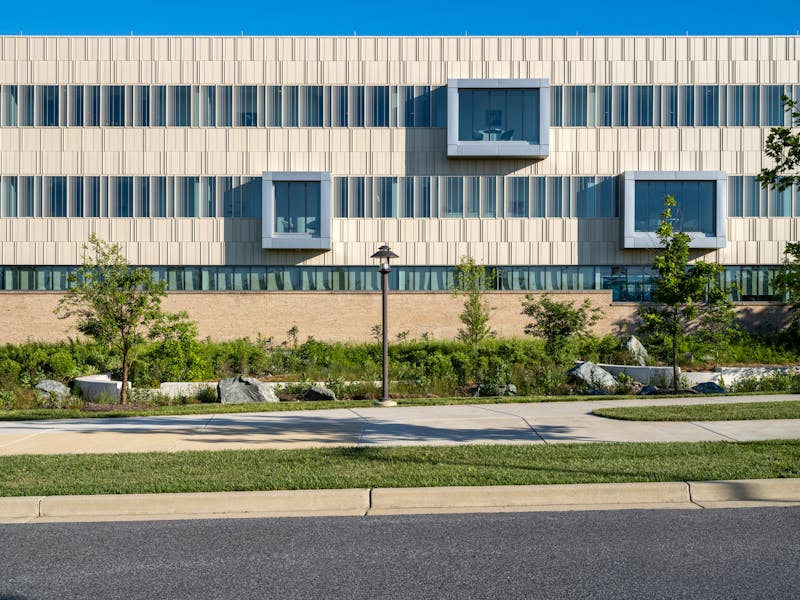
- Download Image
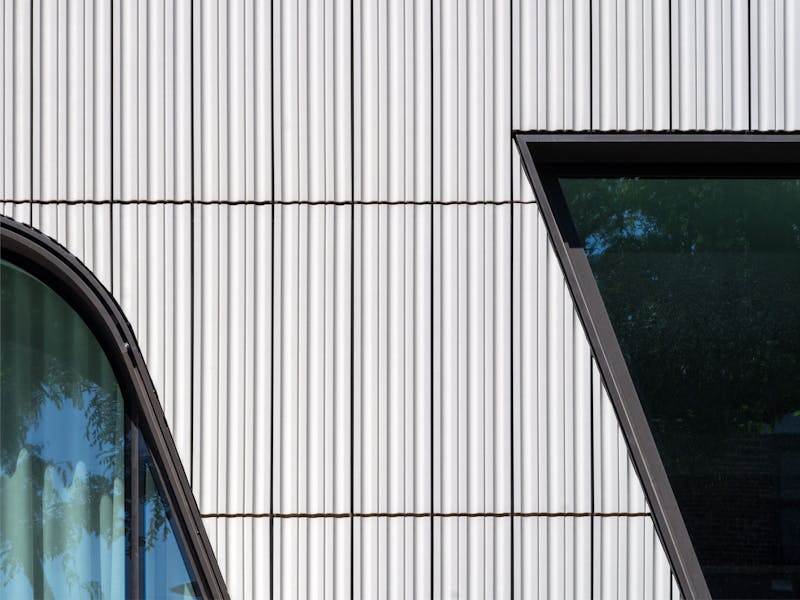
- Download Image
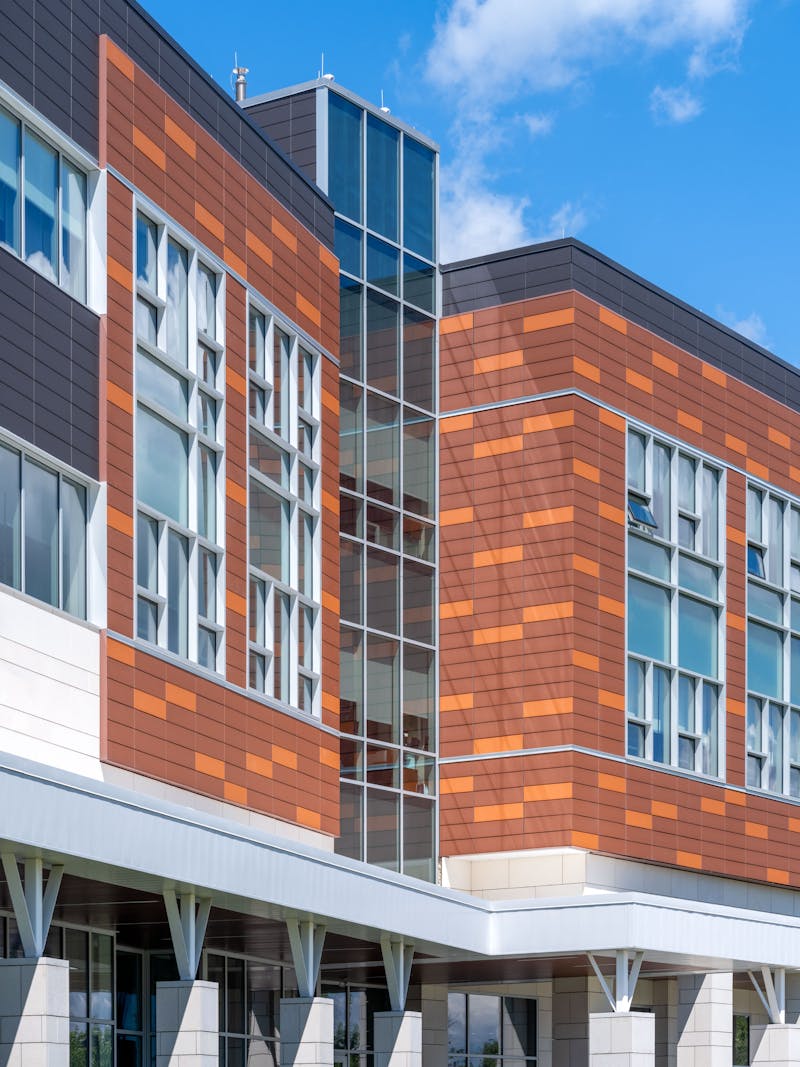
- Download Image
- Download Image
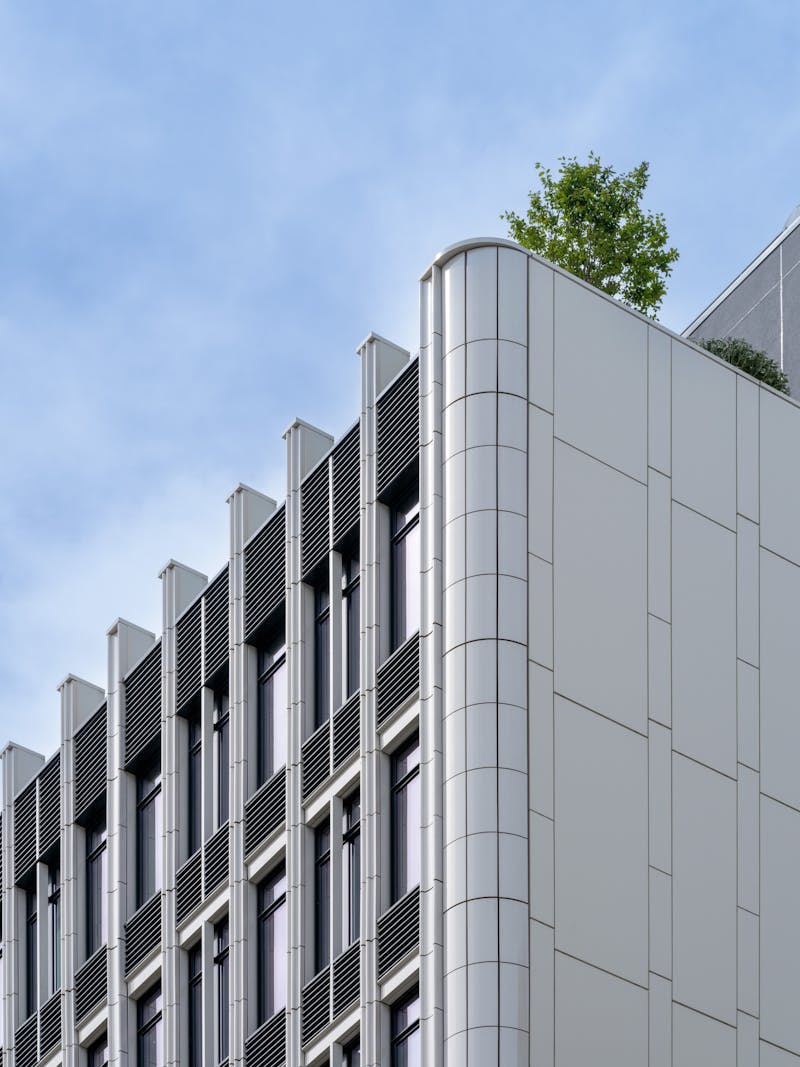
In this quest for the ideal blend of impressive aesthetic and enduring vigor, one material stands out— terracotta facade. Terracotta is not just baked clay. It is an affirmation of how commercial buildings can, with the right material, withstand the test of time and environment, all while striking a wondrous impression.
Terracotta brings a historic convergence of durability and beauty that few materials can match. Consider its benefits from multiple fronts—aesthetic identity, resilience to weather, aging performance, sustainability, and cost-effectiveness.
The Might of Architectural Terracotta
Terrence Hill, a renowned British Architect, once said, "The invention of clay bricks is one of man's earliest achievements." The terracotta facade is an embodiment of this truism.
Terracotta, Italian for "baked earth," has been a cornerstone of architecture for millennia. Used in everything from the ancient pots of the Indus Valley to the famous Terracotta Army of China's Shi Huang Di, its durability and attractiveness have been proven repeatedly.
Terracotta in Modern Design
In the context of today's commercial buildings, architectural terracotta brings both function and form. Through a blend of practical benefits and striking aesthetics, terracotta has found favor in modern design.
The color and texture of terracotta are its most recognizable feature. It boasts a warm, earthy beauty that imparts a sense of natural authenticity to any building. Terracotta assures a building's distinctive visual identity.
The Practical Appeal of Terracotta
Sizable lifespan is not just about whether a material can hold together. It's about whether it can maintain its aesthetic appeal. Terracotta panels are highly resistant to the elements. They fare brilliantly against rain, snow, wind, heat, or cold. Sunlight, notorious for fading and bleaching surfaces, meets its match in terracotta. The natural color remains vibrant and refuses to bow to UV rays.
The facade is a building's first line of defense against the regular onslaught of weather. It meets these advances full-face, day after day, year after year. Terracotta stands stoic against this test of time.
The Sustainability of Terracotta
In an era where sustainability commands attention, terracotta responds with a compelling affirmation. Terracotta's production process involves baking at high temperatures but compares favorably to other materials in energy consumption.
Once installed, terracotta enhances building energy performance. Their natural thermal properties allow for significant energy savings, cutting down heating costs in winter and cooling costs in summer. Thus, terracotta contributes toward a long-term sustainable production, application, and performance approach.
The Cost-Effective Solution
Often, when discussing materials' durability and longevity, the conversation tilts to cost. Terracotta panels, despite their myriad of benefits, remain markedly cost-effective. Their low maintenance costs, the longevity of the material, immense weather resistance, and energy savings collectively create a compelling narrative for lifetime cost savings. These attributes make terracotta facades an ideal choice for sustainable and enduring building designs.

